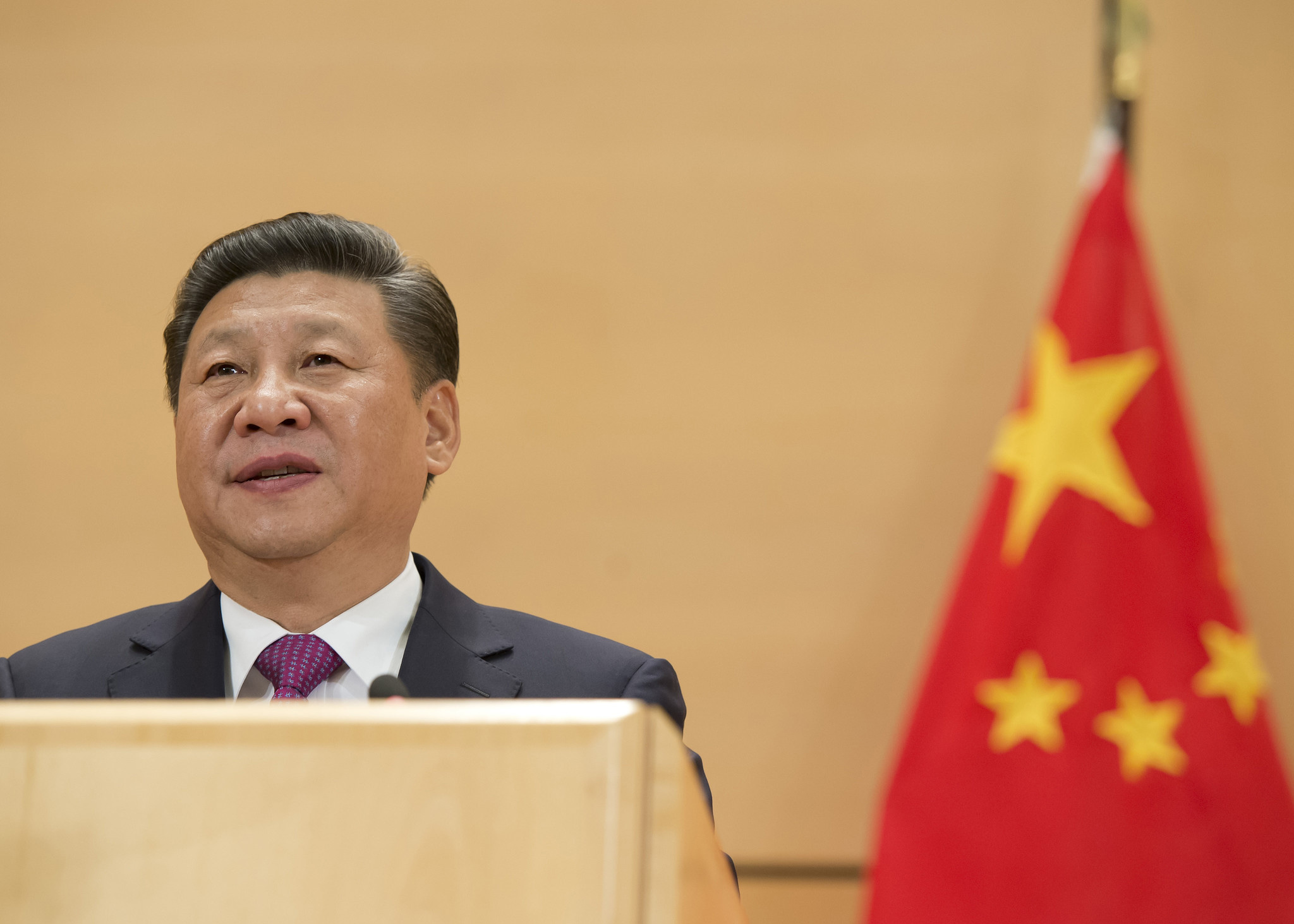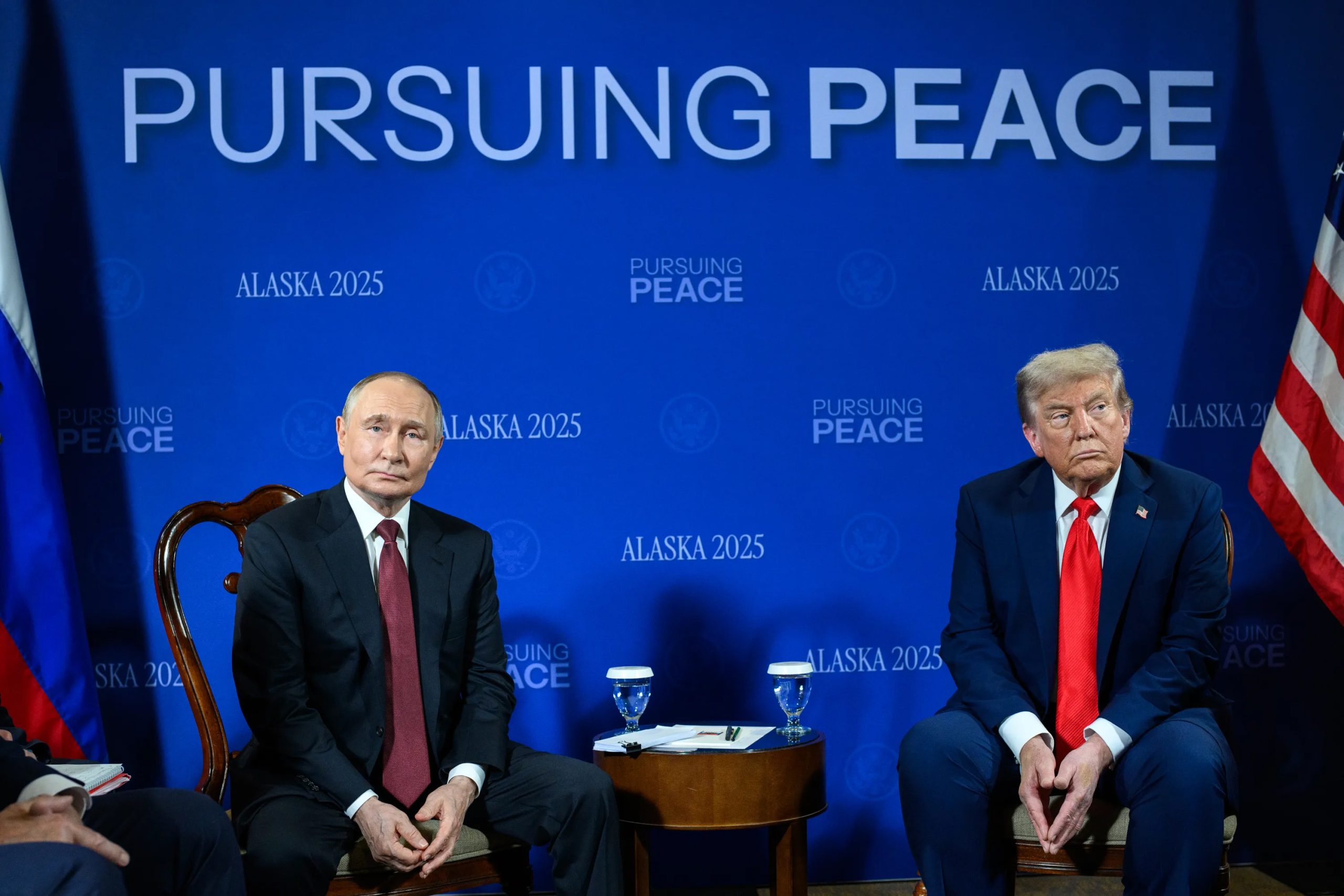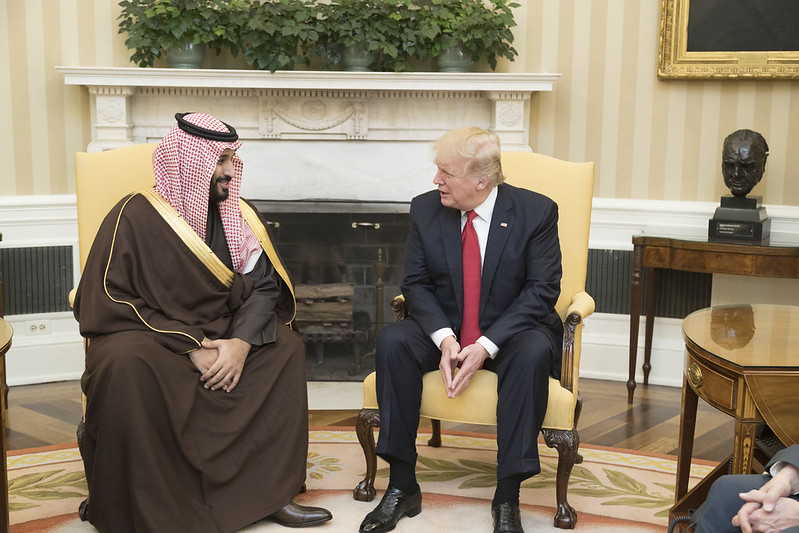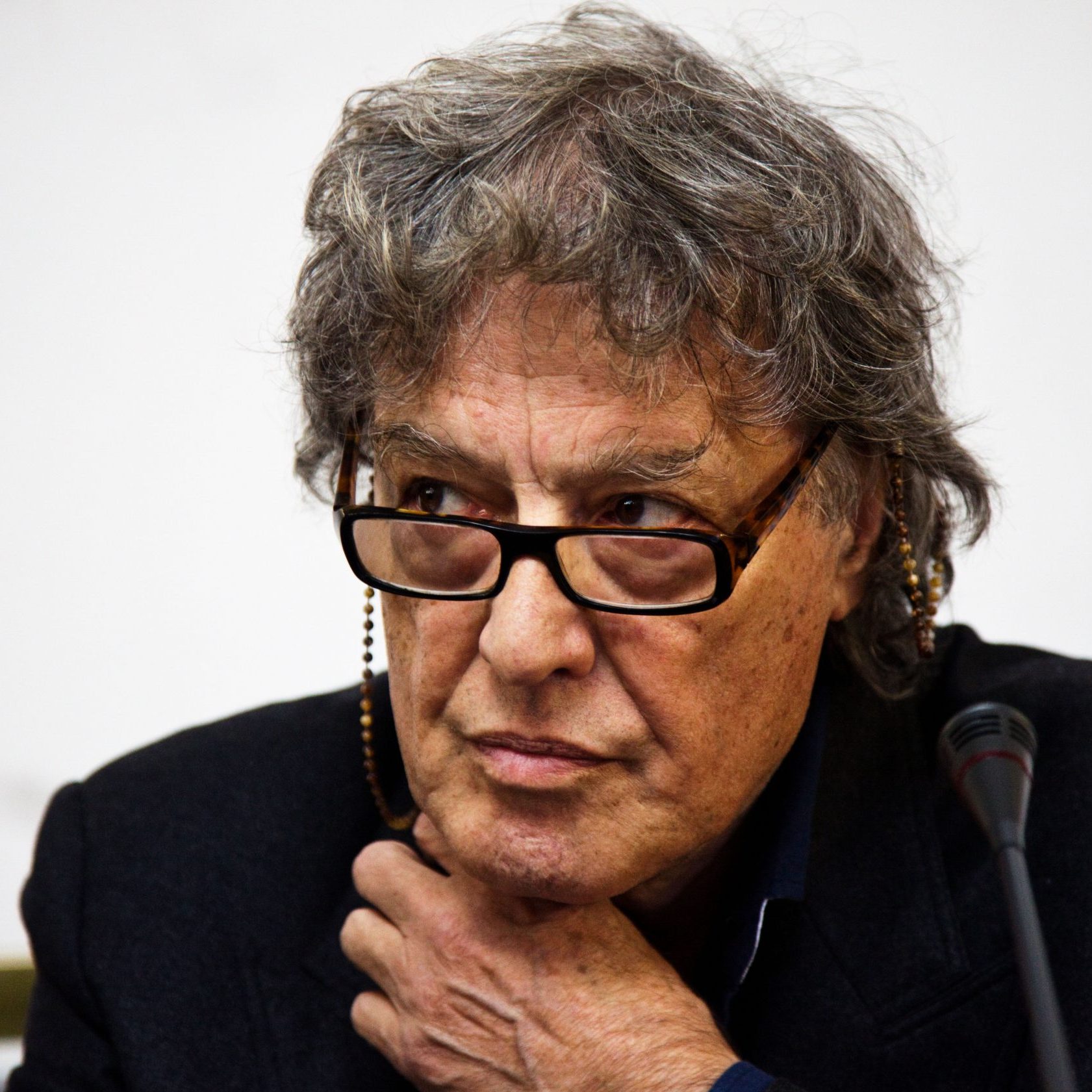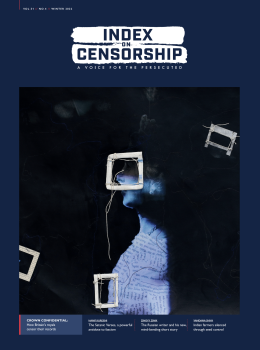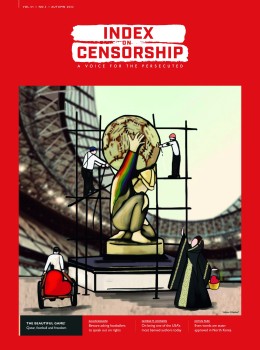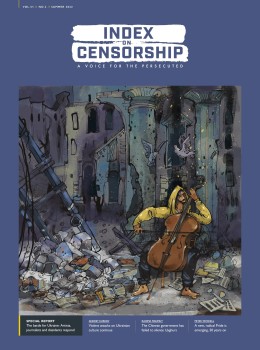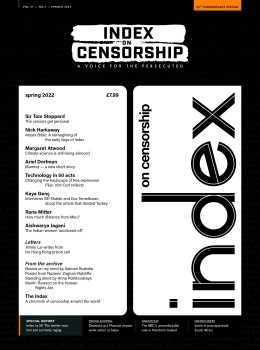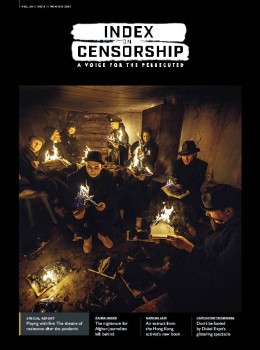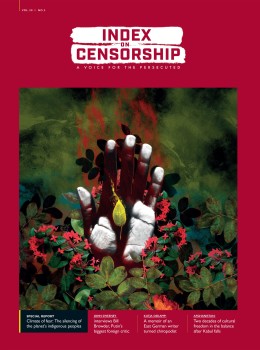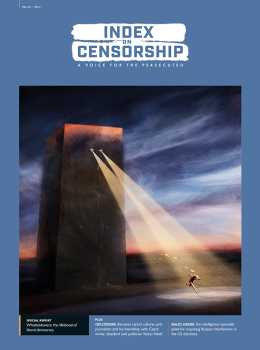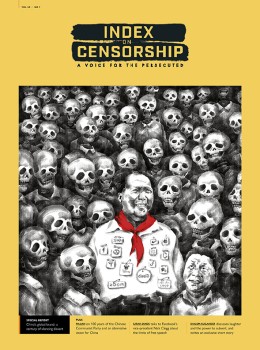The near coincidence of two events this autumn – the World Cup in Qatar and the 20th National Party Congress in Beijing, where Chinese leader Xi Jinping will likely assume an unprecedented third term in power – represents an appropriate moment to reflect on one of Xi’s signature initiatives. Not the Chinese Dream, the Belt and Road Initiative, poverty alleviation or his anti-corruption campaign, but football.
Legend holds that a soccer-mad young Xi was so aggrieved by the “humiliation” inflicted on the Chinese national team by English club Watford at an exhibition game he attended at the Workers’ Stadium in 1983 that he determined he would redress China’s weakness in football. Decades later he declared, shortly before assuming power, that China would host and ultimately win the World Cup.
As a means to overcoming the country’s historical “national humiliation”, it was probably overly ambitious.
Nonetheless, in his first term Xi put football reform and development squarely on the national political agenda through three major policy documents promulgated between 2014 and 2016. Together they represented an overarching framework for developing a domestic sports economy, facilitating mass participation and creating an effective training ecosystem from youth levels to the national team. The long-term objective was to transform China into a “world class football nation” by 2050, a timeframe and scale of ambition that aligned with broader national objectives such as the “great rejuvenation of the Chinese nation”.
Common to Chinese policymaking, broad top-down objectives were delegated to many different institutional and private actors to design and implement, leading to much experimentation, messy ad hoc adjustment and competing interests.
Compared with many other initiatives associated with Xi’s tenure, football is a benign sector. Many concerns raised at the height of the football craze a few years ago have, as yet, proven unfounded. Chinese companies’ global sponsorship deals and the elevation of Chinese officials within international governance bodies have not made the global game any more corrupt or susceptible to parochial interests.
Chinese investors’ rush to demonstrate fealty to Xi’s football plans (or merely to secrete money offshore) led to a brief, and now largely divested, scattergun acquisition of European football clubs and assets, but the clubs and leagues survived and even though many were in globally strategic locations it did not result in additional “geopolitical influence”. Nor did the funding and construction of stadiums in Africa, though there may have been marginal “soft power” gains in facilitating the hosting of several Africa Cup of Nations tournaments.
Imposing Xi’s favourite sport across Chinese school curricula might appear heavy handed, but encouraging China’s sedentary youth to exercise and head off a public health timebomb is hardly a pernicious objective.
Football is Xi’s pet project, but criticism of the underperforming national team, the hapless Chinese Football Association (CFA) or broader reforms are subject to no more stringent censorship than anything else on the Chinese internet (contained criticism is OK, demands for systemic change or encouraging collective action is not).
It is true that Chinese football reproduces class and place-based disparities, with migrant workers, for example, less able to participate. And, prior to Covid, match-going fans were already facing increasingly strict security at stadiums, fickle owners and idiosyncratic regulatory interventions by the CFA. And yet while we should be mindful of the progressive circumscription of freedoms across Chinese society under Xi, many of the problems faced by Chinese fans are common to supporters everywhere.
That said, we should pause for a moment on the question of ethnicity, given the unprecedented crackdown on Muslims in Xinjiang that has come to define Xi’s 10 years in office. On the surface, football has become a site for advances in representation. China’s best player, Wu Lei, is a member of the Hui (Muslim) ethnic minority group. In March, Chinese-Nigerian Huang Shenghao became the first bi-racial player to represent the country (at under-17 level). Mirahmetjan Muzepper became the first Uyghur to play for the men’s national team in 2018.
The treatment of another Uyghur player, Erfan Hezim, demonstrates the systemic repression of young Uyghur men. Hezim spent almost a year in a detention camp in Xinjiang, apparently for unauthorised travel overseas to participate in football training camps, before being allowed to resume his career in 2019. Uyghurs coming through the ranks can face many forms of discrimination, partly explaining the negligible number of players in the Chinese Super League despite the popularity of football in Xinjiang. The region could be a significant source of playing talent, but the conditions there are so severely circumscribed that it is impossible to realise.
As for those from outside China’s official borders, the expedient decision to bring several naturalised Brazilians into the national team during World Cup qualifying met with only muted criticism from grassroot nationalists, even after the players’ efforts proved futile. The handling of naturalised talent, though, demonstrates an enduringly awkward official embrace of foreignness.
The CFA’s provisional regulations oblige clubs to teach naturalised foreigners Chinese language, culture and history, in addition to the fundamental political positions of the CCP. Party cadres attached to every professional club monitor, supervise and submit regular reports on players’ performance, behaviour and attitudes, reproducing the party’s longstanding “foreign affairs” system for handling foreigners. By all accounts, the naturalised Brazilians have been exemplary. But all this shows that some aspects of football’s development reflect the trajectory emerging across other social sectors during Xi’s tenure – one of a controlled society subject to the regime’s circumscriptions and vision for a desirable China.
In line with the requirements of the reform policies, infrastructure has been built and facilities rolled out on an impressive scale. But football has so far failed to become an elective mass participation sport like basketball or badminton. The popularity of gaming and the exponential growth of professional e-sports in China suggests football has its work cut out appealing to young people.
China has its fair share of dedicated supporters and “transnational fans” who are as knowledgeable and passionate about foreign clubs they will never visit as locals are. Yet the kind of intangible “football culture” that manifests in ubiquitous pick-up games on Brazilian beaches or English playgrounds has not taken root. Football schools and academies have not (yet) produced a “Chinese Messi” or even a supply of more prosaic talent, although it is premature to write off long-term efforts to build up the talent pool.
Youth participation has run afoul of resistant parents who prefer their children to focus on academics, which is intense, uber-competitive and almost certainly a better investment in the future than football. Short fee-paying football camps are the preserve of cosmopolitan middle-class parents, while serious football academies offering talent-based scholarships are mainly an option for poor families whose children are unable to compete for academic advancement. Football as a leisure activity and signifier of middle-class lifestyles embodying China’s desired “mildly prosperous” modernity has so far failed to capture imaginations.
And then came Covid and continuing “dynamic zero” restrictions to burst football’s bubble economy. With the Chinese Super League (CSL) mothballed for a time, expensively-acquired foreign players departed, and China gave up its hosting rights for the 2023 Asian Cup due to the ongoing uncertainties. Owners facing economic headwinds created by the pandemic were unable to service the continual cash injections needed to sustain clubs.
The property sector, which has become intimately entwined with football, was hit by a debt crisis and state interventions associated with Xi’s new preoccupation of ‘Common Prosperity’. Evergrande, the over-leveraged real-estate developer and owner of China’s most successful club, was forced to sell the land for its half-built new mega-stadium back to the local government. Since 2015, more than 20 clubs across the top divisions have folded, often due to insufficient organisational experience and unsustainable business models. Jiangsu FC disbanded soon after winning the CSL in 2020 when its owner, indebted retailer Suning, decided it could no longer afford it.
There is no reason why Chinese football shouldn’t find a sustainable niche as a spectator and participant sport, and a national team that can compete in Asia and qualify for international tournaments. Some of the ambitions set out in Xi’s reforms are not currently realistic, but long-term plans should be given time to unfold. A hypothetical Chinese bid to host a future World Cup, would, given Fifa’s interests and track record, prove irresistible.
The hosting of a World Cup would be a significant boost to football development in the country. But the attendant potential for “sportswashing” and requisite self-censorship have already been demonstrated on a small scale by European clubs and leagues desperate to access the Chinese market. Take the example of midfielder Mesut Özil, who was sidelined by Arsenal, which has a huge following in China, after speaking out against the persecution of Uyghurs.
The Chinese national team will not compete in Qatar later this year, but China will be present through Fifa’s signature sponsorship deal with Wanda, and Chinese fans will watch en masse, attracted by the spectacle, the conversation and the opportunities for offshore sports-betting.
Jonathan Sullivan is a Chinese specialist and an associate professor at the University of Nottingham.
This article appears in the autumn 2022 issue of Index on Censorship. To subscribe click here

